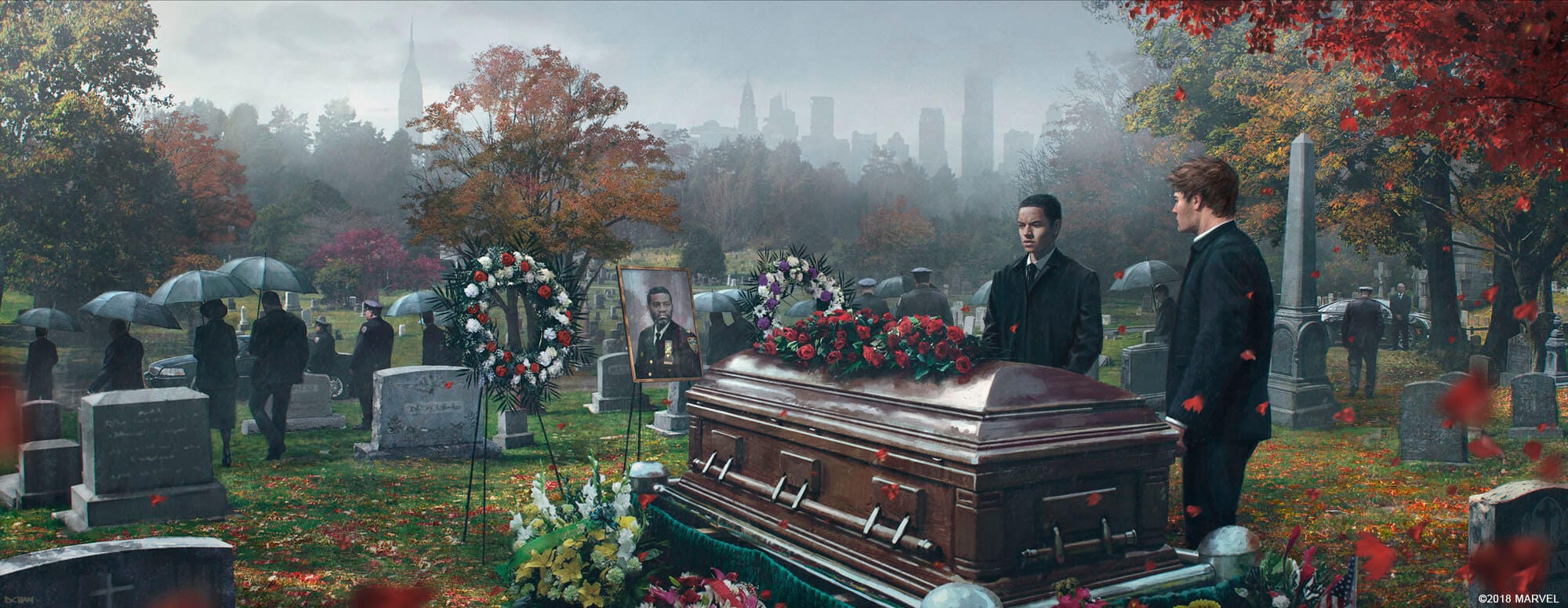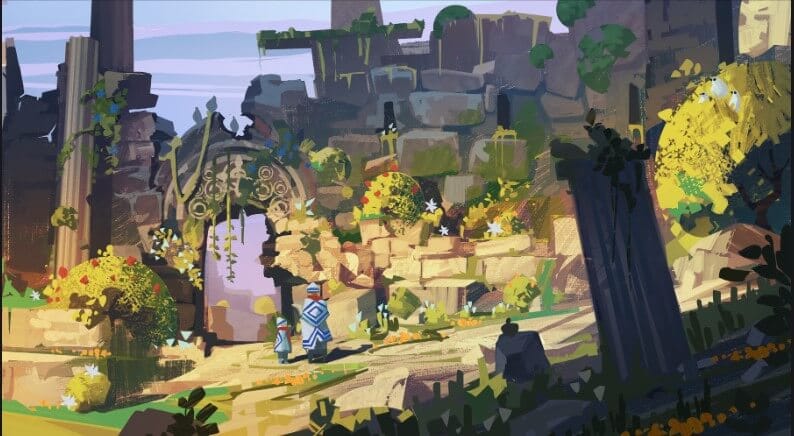What is Concept Art
Concept art is a design process where many illustrations and potential solutions are explored before settling on a final design. In the industry, concept artists are essential for design, storyboarding, and bringing creative ideas to life, capturing exactly what clients need and envision. In this blog post, we will explore everything you need to know about concept art.
Understanding the Purpose of Concept Art
The main purpose of concept art is to give directors, clients, and investors an idea of what the final product might look like. Concept artists possess the ability to create and adapt to different styles and environments within the art world. If you want to become a concept artist, there are many important skills and ideas you need to develop.
- Defining visual direction
- Problem-solving through visualization
- Communication with stakeholders
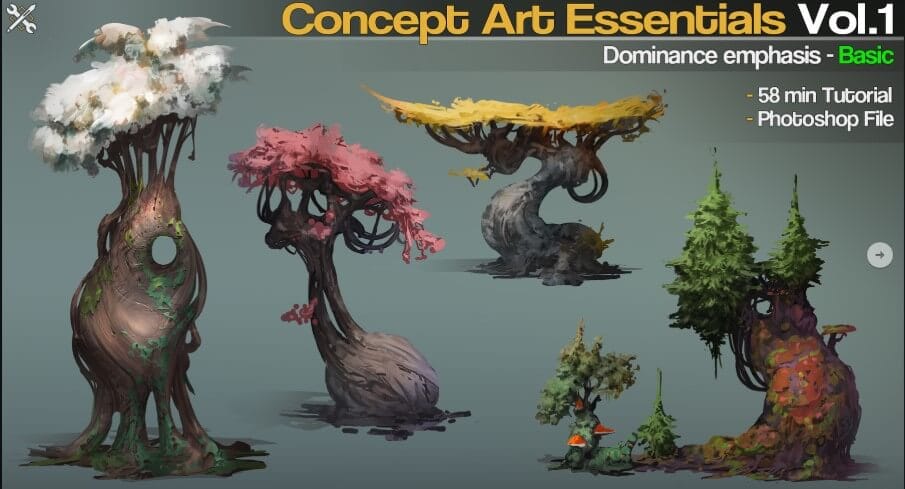
Defining visual direction
Concept art plays a crucial role in establishing the visual style and direction of a project. This includes setting the tone, mood, and aesthetic that will shape every aspect of production, from characters and environments to props and color palettes. By defining a cohesive visual language, concept art ensures that everyone involved in the project shares the same creative vision, allowing for more effective and unified production efforts.
Problem-solving through visualization
Concept artists often tackle complex creative challenges by visually exploring multiple ideas and solutions. Through sketches, thumbnails, and refined designs, they can quickly identify what works and what needs improvement. This iterative process helps streamline production, avoid costly mistakes, and bring clarity to abstract ideas, ensuring that each element fits seamlessly into the broader project.
Communication with stakeholders
Concept art serves as a bridge between the creative and business sides of a project. By creating visual representations of ideas, concept artists facilitate clear communication with directors, clients, investors, and other stakeholders. This helps ensure everyone is aligned on the project’s goals, reducing misunderstandings and building enthusiasm and confidence in the final vision.
Different Types of Concept Artwork
- Character design fundamentals
- Environment conceptualization
- Prop and asset development
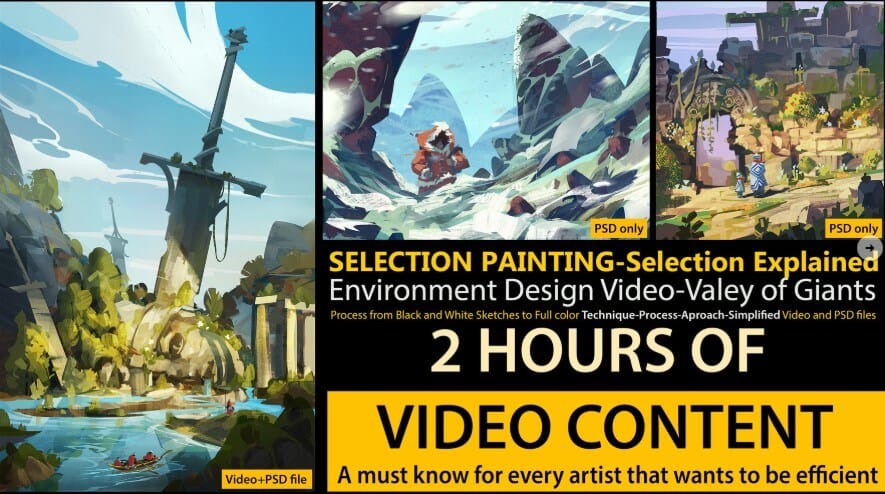
Character design fundamentals
Character design is a major focus within the field of concept art. Many character artists are skilled at conveying a character’s personality, background, and the environment they come from through body language, clothing, and gestures. Creating compelling characters involves extensive research and iterations, as artists often explore story elements, model variations, and color palettes to bring a client’s vision to life.
Character design can be particularly challenging because only a select few artists can effectively communicate a character’s depth and personality through visual art alone. It requires a deep understanding of storytelling, artistic techniques, and human behavior to make characters resonate with audiences and meet client needs.
Environment conceptualization
Environment design is another crucial type of artwork in concept art. Environment artists create backgrounds and focus on world-building, playing an essential role in establishing the setting and atmosphere of a project. These artists are skilled at crafting diverse environments using different color palettes and moods, bringing scenes to life in unique and memorable ways. By doing so, they help create immersive worlds that enhance the storytelling experience.
Prop and asset development
Prop and asset development is another vital role within concept art. This specialization focuses on designing characters’ tools, clothing, and various items that are integral to the story and unique to the project’s world. Prop and asset designers bring depth and authenticity to a setting by crafting items that align with the narrative, character backgrounds, and cultural contexts, enhancing both visual appeal and storytelling.
Composition and design principles
Effective concept art relies on a strong understanding of composition and design principles. This involves arranging elements within a scene to guide the viewer’s eye, convey focus, and create a sense of balance and harmony. Artists utilize techniques such as the rule of thirds, leading lines, and contrast to emphasize key aspects of their designs. Mastering composition allows concept artists to craft visually compelling pieces that enhance the narrative and draw the audience into the world they are building.
Color theory and mood setting
Color plays a significant role in setting the mood and atmosphere of a piece of concept art. Understanding color theory helps artists evoke specific emotions and create a sense of place, whether through warm and vibrant hues or cold and desaturated tones. The strategic use of complementary, analogous, or monochromatic palettes can enhance storytelling and make scenes more memorable. Skilled concept artists use color to add depth, direct attention, and communicate underlying themes.
Visual storytelling techniques
Concept art is about more than just creating visually appealing images; it is also a storytelling tool. Through visual cues such as character poses, expressions, environmental details, and symbolic imagery, artists can convey a story or hint at a character’s history and motivations. Every element within a piece serves to enrich the narrative and provide context, inviting viewers to engage with the story on a deeper level. Mastering visual storytelling allows artists to make each design meaningful and resonant with its intended audience.
Digital Art Software and Hardware
- Adobe Creative Cloud: Home to industry-standard tools like Photoshop and Illustrator.
- Procreate: A popular iPad app for digital painting.
- Corel Painter: Software for digital painting that emulates traditional media.
- Clip Studio Paint: Ideal for illustration, manga, and web comics.
- Krita: A free and open-source painting program great for concept art and illustrations.
- Wacom: Renowned brand for drawing tablets and pen displays used by professionals.
- XP-Pen: Offers a variety of affordable drawing tablets.
- Huion: Provides a wide range of pen tablets and displays.
References and Models
- ArtStation: A platform for finding industry-leading artwork and reference materials.
- Pinterest: Great for gathering visual references and inspiration.
- Sketchfab: A platform for viewing and downloading 3D models, useful for references.
- Unsplash and Pexels: High-quality, royalty-free photo resources for reference.
- Posemaniacs: Features 3D human poses for artists.
- 3DTotal: Offers references, tutorials, and resources for artists.
- The Reference Pack by Cubebrush: Provides premium reference packs for artists.
Research and reference gathering
Artists explore a range of ideas and gather visual references to better understand and align with the client’s needs. This process often involves collecting a variety of images, tones, and concepts to find the right direction for the project. Sometimes, it can take days to fully grasp the proper tone and concept for the design. Therefore, it’s crucial for artists to continually improve their creative thinking and research skills, as this helps to refine their ideas and enhance the quality of their work.
Thumbnail sketching and ideation
Thumbnail sketching is a fundamental part of the concept art process. It allows artists to quickly explore a range of ideas and compositions without committing too much time to each one. These small, loose sketches help artists experiment with different perspectives, layouts, and designs. Through ideation, the goal is to generate as many ideas as possible before narrowing down to the strongest concepts. This phase encourages creativity and innovation, providing a foundation for more refined designs later on.
Iteration and refinement methods
Once initial ideas are established, the process shifts toward iteration and refinement. In this stage, artists take the best thumbnail sketches and expand on them, refining details, improving composition, and adjusting the design to fit the client’s needs. Iteration involves revisiting designs multiple times to make improvements, whether it’s adjusting the proportions, refining the color palette, or enhancing textures. This approach ensures that the final concept art is polished, cohesive, and aligned with the project’s goals.
Building a Career in Concept Art
A career in concept art requires a combination of artistic skills and technical knowledge. Key skills include drawing, painting, and digital art proficiency, along with a strong understanding of design principles, composition, color theory, and visual storytelling. Knowledge of 3D modeling software can also be beneficial, as many concept artists work alongside 3D artists in the industry. Education options range from formal degrees in art or design to self-taught paths, with many artists honing their craft through practice and online courses. Building a strong portfolio that showcases versatility, creativity, and problem-solving abilities is essential for breaking into the industry.
Industry networking and opportunities
Networking is a crucial element in building a career in concept art. Attending industry events, conventions, and workshops is a great way to meet professionals, receive feedback, and learn about new opportunities. Online platforms like ArtStation and social media allow artists to showcase their work, connect with potential clients or collaborators, and stay up-to-date with industry trends. Gaining experience through internships, freelance work, or personal projects is a great way to build your reputation and demonstrate your skills to potential employers. Over time, concept artists can move from small-scale projects to large studios, working on high-profile games, films, or other creative media.
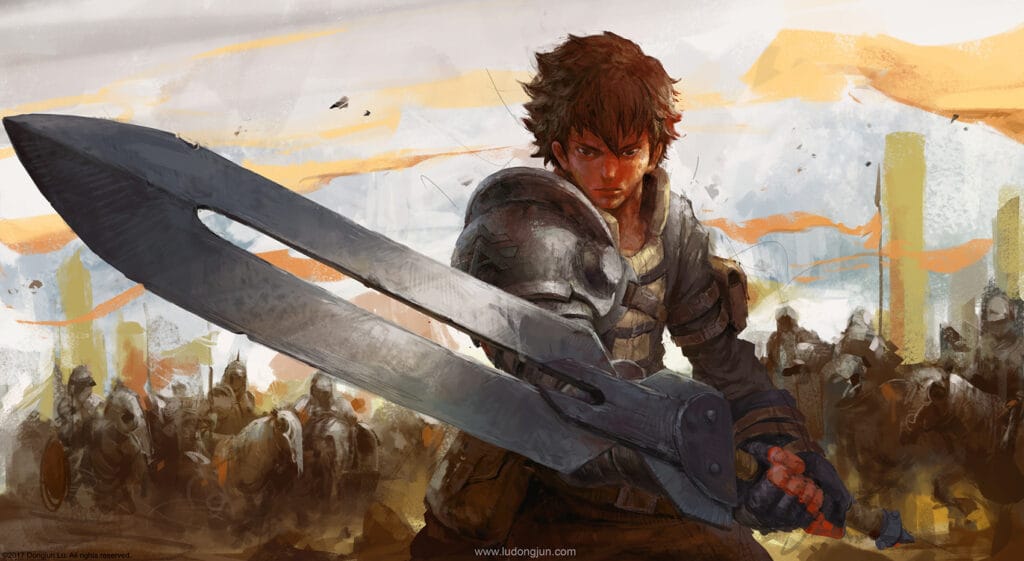
Game Development Studios:
- Blizzard Entertainment – Known for iconic games like World of Warcraft and Overwatch.
- Naughty Dog – The creators of The Last of Us and Uncharted series.
- Epic Games – Developers of Fortnite and creators of Unreal Engine.
- Bungie – Known for the Destiny series.
Animation and Film Studios:
- Pixar Animation Studios – Creators of Toy Story, Finding Nemo, and Soul.
- Walt Disney Animation Studios – Makers of Frozen, Zootopia, and Moana.
- DreamWorks Animation – Known for Shrek, How to Train Your Dragon, and Kung Fu Panda.
- Industrial Light & Magic (ILM) – A leading visual effects company in the film industry.
- Blue Sky Studios – Known for Ice Age and Ferdinand.
Visual Effects and Entertainment:
- Framestore – A leading creative studio that works on high-end visual effects for film, TV, and commercials.
- Weta Digital – Famous for its work on films like The Lord of the Rings and Avatar.
- The Mill – A creative studio specializing in visual effects and design.
- Method Studios – Visual effects company known for its work on major films and commercials.
Concept Art Agencies and Freelance Platforms:
- Freelancer – A freelance job marketplace where concept artists can find opportunities.
- Upwork – A popular platform for freelancers, including concept artists, to connect with clients.
- ArtStation – A platform where concept artists can showcase their portfolios and connect with industry professionals.
- CGSociety – A community for digital artists in visual effects, animation, and game design.
- Behance – A platform for creative professionals to showcase and discover creative work, including concept art.
Anime Studios:
- Studio Ghibli – Famous for its iconic films like Spirited Away, My Neighbor Totoro, and Princess Mononoke.
- Madhouse – Known for One Punch Man, Hunter x Hunter, and Death Note.
- Bones – Creators of Fullmetal Alchemist: Brotherhood, Mob Psycho 100, and My Hero Academia.
- MAPPA – Known for Attack on Titan: Final Season, Jujutsu Kaisen, and Yuri on Ice.
- Kyoto Animation – Famous for K-On!, Clannad, and Violet Evergarden.
- Toei Animation – Creators of Dragon Ball Z, One Piece, and Sailor Moon.
- Production I.G – Known for Ghost in the Shell, Psycho-Pass, and Haikyuu!!.
- A-1 Pictures – Creators of Sword Art Online, Your Lie in April, and The Seven Deadly Sins.
- Trigger – Known for Kill la Kill, Promare, and Little Witch Academia.
- Wit Studio – Creators of Attack on Titan (Seasons 1–3) and Great Pretender.
Conclusion
Concept art plays a crucial role in the creative process across various industries, from video games and animation to film and other visual media. Whether it’s designing characters, environments, props, or developing the visual style for a project, concept artists are essential in shaping the look and feel of the final product. Through skills in drawing, digital painting, design principles, and storytelling, concept artists help to visualize ideas and transform them into reality.
To build a successful career in concept art, artists need to continuously improve their technical abilities, foster creativity, and understand the nuances of storytelling and design. Networking within the industry, creating a strong portfolio, and staying adaptable to different styles are also key factors in finding opportunities with top studios and creative agencies.
By refining your skills, seeking out industry connections, and staying committed to the craft, you can pave the way for a rewarding career in concept art. Whether you’re interested in animation, game development, or film production, the possibilities are vast for talented and passionate artists looking to make their mark in the world of concept art.
In this blog post some of link are affiliate links
